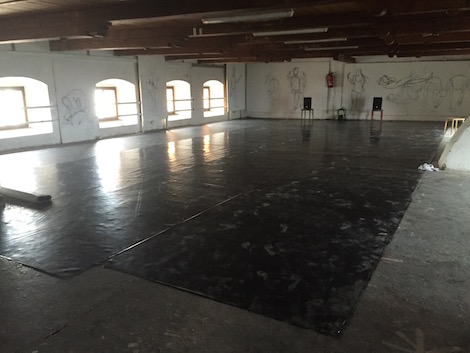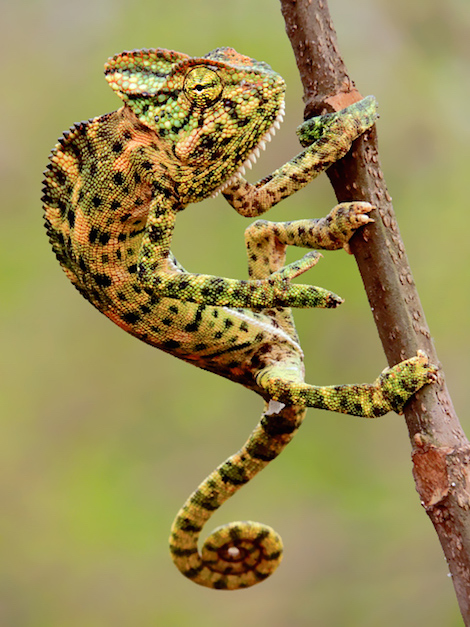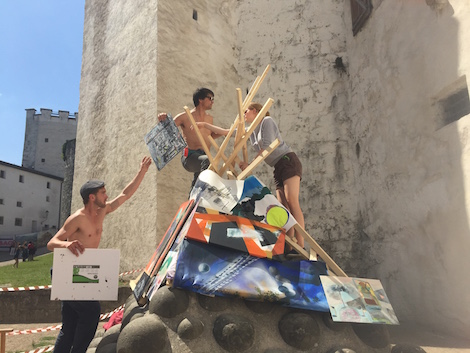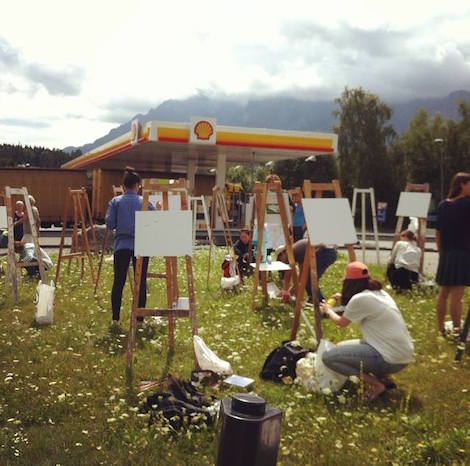| « 12 / 30 Dummies - no thinking without objects | 10 / 30 Real Questions » |
11 / 30 Grounded Lions
The one class that remains a secret to me is Raimundas Malašauskas’ on curatorial practice. And it is bound to remain one, as it has ended on Friday. It was probably the most secluded class and when I wanted to visit them earlier this week, I found this:

Apparently, they had decided spontaneously to go for a trip to Munich. Despite their seclusion and absence you could hear all kinds rumours about the strange things happening there. This is a collection of chit-chat that I had with and about students from the class:
“One exercise was to speak out all your thoughts aloud for two minutes, without thinking. Everybody had to do it, so it was a huge mix of sounds and words. You couldn’t concentrate on what the others said, because it is really hard to actually do that.“
“Today we would think about all the sounds that we could still remember from yesterday.”
“We had a hypnosis exercise. We had to imagine how it is to be in the mouth on the tongue of somebody else and explore that space.“
“Every morning we listen to music for half an hour to feel our body. Some people stretch, some people lie flat on the floor, others dance. The basic idea is to extend your self.”
As elusive as these descriptions of their work sound, as elusive was the presentation of their work on Friday. The group was dancing and would dance with everybody who entered their studio space. Luckily, I run into Maja Lundberg, one of Malašauskas students at the exhibition drinks on Friday. She explains me their invisiblity and how to be a good chameleon.

“We were talking about the bad chameleon. You know chameleons have two states of appearance: either they adapt their appearance to their environment doing camouflage or they convey their feelings through a particular colour. When they are sad they have one colour and when they are happy another one. And then we spoke about that. Either you should show your own feelings or you adapt and become invisible. A bad chameleon is one that cannot decide and tries to do both at the same time. Shall I try to show how I feel or shall I adapt?”
The English word chameleon is a simplified spelling of Latin chamaeleōn, a borrowing of the Greek χαμαιλέων (khamailéōn), a compound of χαμαί (khamaí) "on the ground" and λέων (léōn) "lion". The Greek word is a calque translating the Akkadian nēš qaqqari, literally "lion of the ground". A grounded lion is always transparent. Either you can't see it at all or you can't look away.

This tension between adaptation and expression was also at the centre of Bernhard Martin’s final exercise. His students had to merge their individual works into one sculpture. Throughout the class it became clear to me that many of Bernhard Martin’s exercises were about letting go control. Letting go control over one’s own ideas what an images might be, but also about how to handle a canvas.

The day before the class was painting at a truck stop at a nearby highway. In certain intervals they had to exchange their canvases and continue the paintings of somebody else. Such a literal collaboration is unusual for painters. When I talk to them, they tell me how much they enjoyed it: this forced abandoning of their own artistic intention. Is this another ‘extension of self’ as in Malašauskas’ class? I am still thinking of chameleons when descending the Festung this night.

